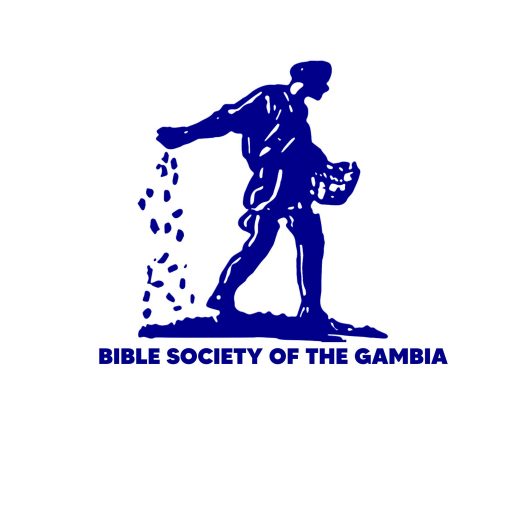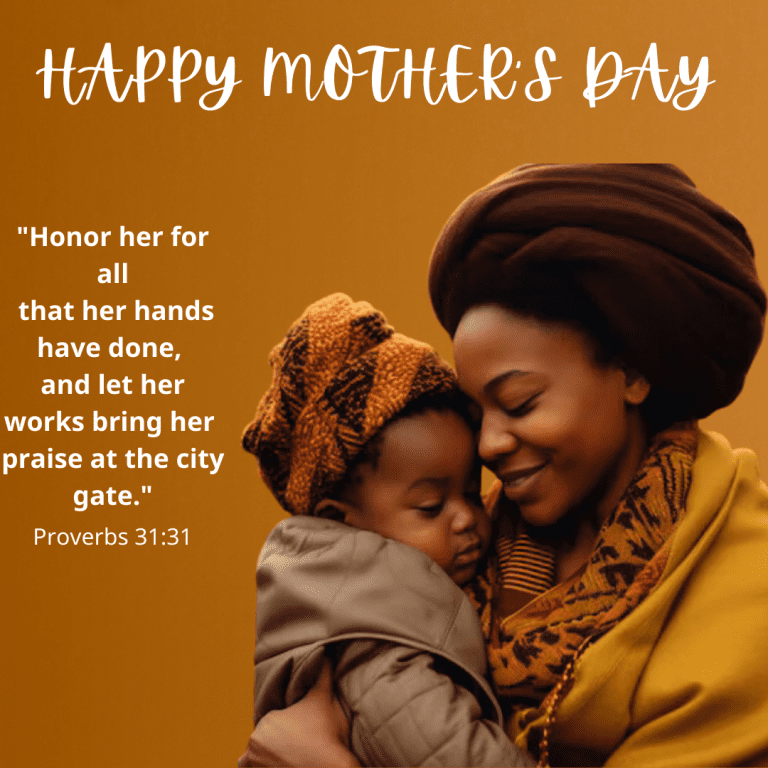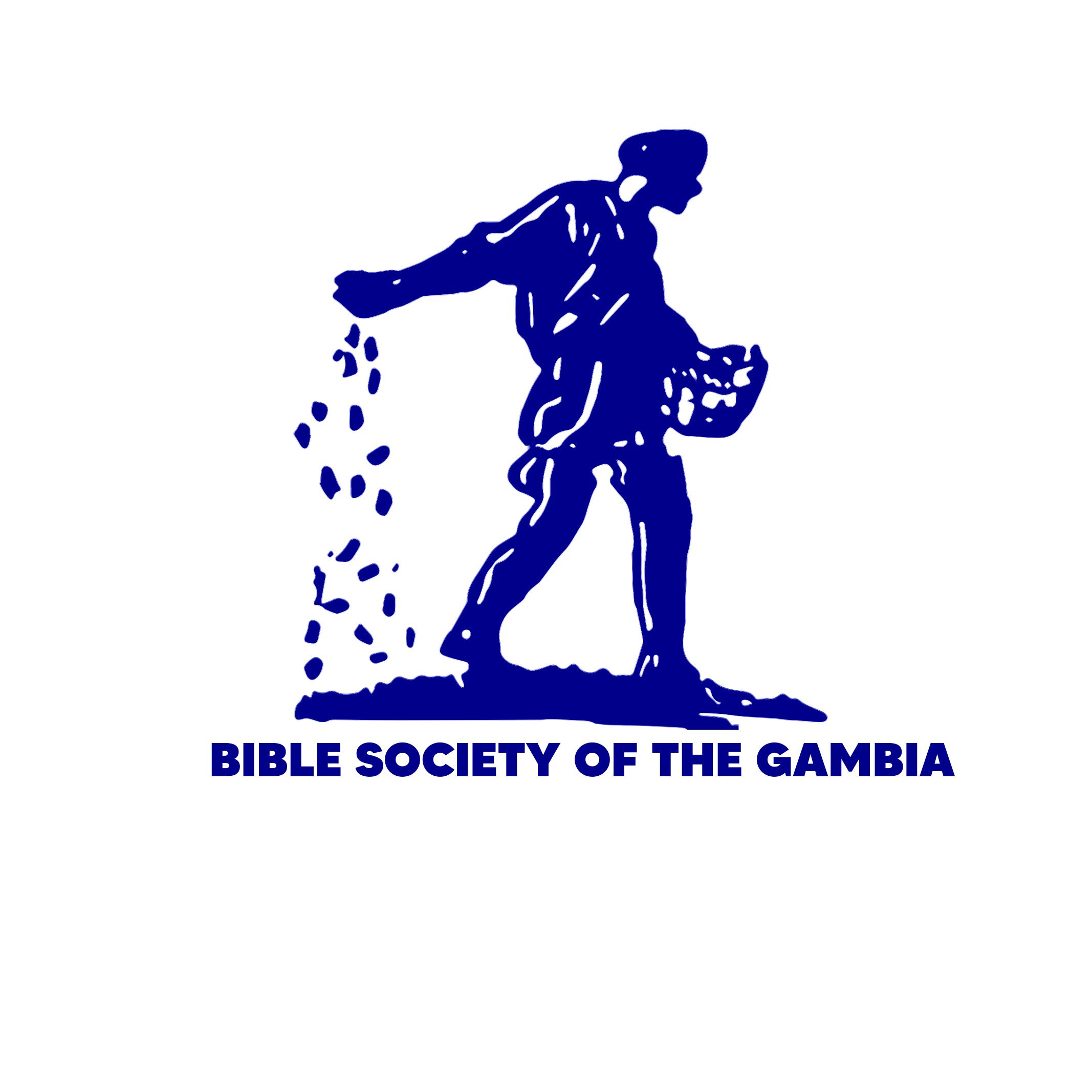1 Then Pilate took Jesus and had him whipped. 2 The soldiers made a crown out of thorny branches and put it on his head; then they put a purple robe on him 3 and came to him and said, “Long live the King of the Jews!” And they went up and slapped him.
4 Pilate went back out once more and said to the crowd, “Look, I will bring him out here to you to let you see that I cannot find any reason to condemn him.” 5 So Jesus came out, wearing the crown of thorns and the purple robe. Pilate said to them, “Look! Here is the man!”
6 When the chief priests and the Temple guards saw him, they shouted, “Crucify him! Crucify him!”
Pilate said to them, “You take him, then, and crucify him. I find no reason to condemn him.”
7 The crowd answered back, “We have a law that says he ought to die, because he claimed to be the Son of God.”
8 When Pilate heard this, he was even more afraid. 9 He went back into the palace and asked Jesus, “Where do you come from?”
But Jesus did not answer. 10 Pilate said to him, “You will not speak to me? Remember, I have the authority to set you free and also to have you crucified.”
11 Jesus answered, “You have authority over me only because it was given to you by God. So the man who handed me over to you is guilty of a worse sin.”
12 When Pilate heard this, he tried to find a way to set Jesus free. But the crowd shouted back, “If you set him free, that means that you are not the Emperor's friend! Anyone who claims to be a king is a rebel against the Emperor!”
13 When Pilate heard these words, he took Jesus outside and sat down on the judge's seat in the place called “The Stone Pavement.” (In Hebrew the name is “Gabbatha.”) 14 It was then almost noon of the day before the Passover. Pilate said to the people, “Here is your king!”
15 They shouted back, “Kill him! Kill him! Crucify him!”
Pilate asked them, “Do you want me to crucify your king?”
The chief priests answered, “The only king we have is the Emperor!”
16 Then Pilate handed Jesus over to them to be crucified.
Jesus Is Crucified
(Matthew 27.32-44Mark 15.21-32Luke 23.26-43)So they took charge of Jesus. 17 He went out, carrying his cross, and came to “The Place of the Skull,” as it is called. (In Hebrew it is called “Golgotha.”) 18 There they crucified him; and they also crucified two other men, one on each side, with Jesus between them. 19 Pilate wrote a notice and had it put on the cross. “Jesus of Nazareth, the King of the Jews,” is what he wrote. 20 Many people read it, because the place where Jesus was crucified was not far from the city. The notice was written in Hebrew, Latin, and Greek. 21 The chief priests said to Pilate, “Do not write ‘The King of the Jews,’ but rather, ‘This man said, I am the King of the Jews.’”
22 Pilate answered, “What I have written stays written.”
23 After the soldiers had crucified Jesus, they took his clothes and divided them into four parts, one part for each soldier. They also took the robe, which was made of one piece of woven cloth without any seams in it. 24 The soldiers said to one another, “Let's not tear it; let's throw dice to see who will get it.” This happened in order to make the scripture come true:
“They divided my clothes among themselves
and gambled for my robe.”
And this is what the soldiers did.
25 Standing close to Jesus' cross were his mother, his mother's sister, Mary the wife of Clopas, and Mary Magdalene. 26 Jesus saw his mother and the disciple he loved standing there; so he said to his mother, “He is your son.”
27 Then he said to the disciple, “She is your mother.” From that time the disciple took her to live in his home.
The Death of Jesus
(Matthew 27.45-56Mark 15.33-41Luke 23.44-49)28 Jesus knew that by now everything had been completed; and in order to make the scripture come true, he said, “I am thirsty.”
29 A bowl was there, full of cheap wine; so a sponge was soaked in the wine, put on a stalk of hyssop, and lifted up to his lips. 30 Jesus drank the wine and said, “It is finished!”
Then he bowed his head and gave up his spirit.
Jesus' Side Is Pierced
31 Then the Jewish authorities asked Pilate to allow them to break the legs of the men who had been crucified, and to take the bodies down from the crosses. They requested this because it was Friday, and they did not want the bodies to stay on the crosses on the Sabbath, since the coming Sabbath was especially holy. 32 So the soldiers went and broke the legs of the first man and then of the other man who had been crucified with Jesus. 33 But when they came to Jesus, they saw that he was already dead, so they did not break his legs. 34 One of the soldiers, however, plunged his spear into Jesus' side, and at once blood and water poured out. ( 35 The one who saw this happen has spoken of it, so that you also may believe. What he said is true, and he knows that he speaks the truth.) 36 This was done to make the scripture come true: “Not one of his bones will be broken.” 37 And there is another scripture that says, “People will look at him whom they pierced.”
The Burial of Jesus
(Matthew 27.57-61Mark 15.42-47Luke 23.50-56)38 After this, Joseph, who was from the town of Arimathea, asked Pilate if he could take Jesus' body. (Joseph was a follower of Jesus, but in secret, because he was afraid of the Jewish authorities.) Pilate told him he could have the body, so Joseph went and took it away. 39 Nicodemus, who at first had gone to see Jesus at night, went with Joseph, taking with him about one hundred pounds of spices, a mixture of myrrh and aloes. 40 The two men took Jesus' body and wrapped it in linen cloths with the spices according to the Jewish custom of preparing a body for burial. 41 There was a garden in the place where Jesus had been put to death, and in it there was a new tomb where no one had ever been buried. 42 Since it was the day before the Sabbath and because the tomb was close by, they placed Jesus' body there.
Kiitiyo kuntuta ka Yeesu faa
(Matiyu 27:15-31Maaka 15:6-20Luka 23:13-25)1 Wo to le Payileti ye Yeesu taa, a ye a dii ka a karawaasi. 2 Kelediŋolu naata ŋaniŋ buloolu debe ñoo bala ka a duŋ a kuŋo la ko mansanaafoo. Ì ye waramba wuleŋo duŋ a la. 3 Bituŋ ì ka naa a ñaatiliŋo la, ka a fo a ye ko, “I nimbaara, Yahuudoolu la mansakewo!” Bituŋ ì ye a lipaŋ-lipaŋ a ñaadaa to.
4 Payileti fintita banta kotenke, a ko kafoo ye ko, “A fele, ŋa a samba naŋ ali ye le ka a yitandi ali la ko, m maŋ sootaari je ñiŋ kewo bala.” 5 Wo to le Yeesu fintita naŋ banta, ŋaniŋ naafamaa be dundiŋ a kuŋo to, waramba wuleŋo be dundiŋ a la. Bituŋ Payileti ko ì ye ko, “Ali kewo juubee!”
6 Kabiriŋ piriisi* ñaatonkoolu aniŋ Alla Batudulaa kantalaalu ye a je, ì sarita ko, “A pempeŋ! A pempeŋ!” Wo to le Payileti ko ì ye ko, “Ali faŋo ye a samba, ali ye a pempeŋ yiribantambiloo kaŋ, kaatu nte maŋ sootaaroo je a bala.” 7 Bituŋ Yahuudoolu ye a jaabi ko, “Ŋà luwaa soto le, aduŋ ka bo niŋ wo luwaa la, a ñanta faa la le, kaatu a ye a faŋ ke Alla Dinkewo* le ti.”
8 Kabiriŋ Payileti ye ñiŋ kumoo moyi, a la silaŋo kafuta baake. 9 A taata konoto kotenke, a ko Yeesu ye ko, “I bota mintoo le?” Bari Yeesu maŋ feŋ fo. 10 Bituŋ Payileti ko a ye ko, “Fo i te diyaamu la nte ye baŋ? Fo i maŋ a loŋ ko, ŋa semboo soto le ka i bula, waraŋ ka i pempeŋ?” 11 Wo to le Yeesu ye a jaabi ko, “Ite maŋ semboo soto nte kaŋ, fo niŋ a diita i la ka bo santo. Wo kamma la moo meŋ ye nte duŋ i bulu, wo le la junuboo warata.”
12 Ka bo wo waatoo la Payileti ye a kata ka a bula. Bari Yahuudoolu sarita ko, “Niŋ i ye ñiŋ kewo bula, wo to i maŋ ke Rooma bankoo la mansa* teeroo ti. Kaatu moo-wo-moo meŋ ye a faŋ ke mansakewo ti, wo maarii be balaŋ kaŋ Rooma bankoo la mansa le ma.”
13 Kabiriŋ Payileti ye ñiŋ kumoo moyi, a ye Yeesu fintindi naŋ. Bituŋ a siita kiitiisiiraŋo kaŋ dulaa to, ì ka a fo daameŋ ye Dulaa Teruriŋo. Hiburu kaŋo to wo dulaa too mu Kabata le ti. 14 Maariyo Tambi Tumoo Juuraloo* parendiri luŋo le mu, talaŋ taŋ niŋ fula maafaŋo la tilibuloo. Wo to le Payileti ko Yahuudoolu ye ko, “Ali la mansakewo fele!” 15 Bari ì sarita ko, “A samba! A samba! A pempeŋ!” Bituŋ Payileti ko ì ye ko, “Fo ŋa ali la mansakewo pempeŋ baŋ?” Wo to le piriisi ñaatonkoolu ye a jaabi ko, “M̀ maŋ mansakee doo soto fo Rooma bankoo la mansa dammaa!” 16 Wo to le Payileti ye a dii ì la ka a pempeŋ yiribantambiloo kaŋ.
Ì ye Yeesu pempeŋ yiribantambiloo kaŋ
(Matiyu 27:32-44Maaka 15:21-32Luka 23:26-43)17 Bituŋ ì ye Yeesu taa, a faŋo le ye a la yiribantambiloo samba dulaa to, ì ka a fo daameŋ ye “Kunkolo Kenseŋ Dulaa.” Hiburu kaŋo to wo dulaa too mu Kolokota le ti. 18 Ì ye a pempeŋ yiribantambiloo kaŋ jee le to, a niŋ kee fula. Doo be a bulubaa la, doo be a maraa la, Yeesu be teema.
19 Payileti ye a la saayaa daliiloo safee, a ye a ke a kunto yiribantambiloo bala. Ñiŋ ne safeeta a bala ko, “Yeesu Nasaretinkoo, Yahuudoolu la mansakewo.” 20 Yahuudi jamaa le ye wo safeeroo karaŋ, kaatu ì ye Yeesu pempeŋ dulaa meŋ to, a maŋ jamfa saatewo la. A safeeta Hiburu kaŋo to le, Latini kaŋo aniŋ Jirisi kaŋo. 21 Wo to le Yahuudoolu la piriisi ñaatonkoolu ko Payileti ye ko, “Kana a safee jee ko, ‘Yahuudoolu la mansakewo,’ bari a safee ko, ‘Ñiŋ kewo le ko, ate le mu Yahuudoolu la mansakewo ti.’ ” 22 Bari Payileti ye ì jaabi ko, “Ŋa meŋ safee, ŋa wo le safee.”
23 Kabiriŋ kelediŋolu ye Yeesu pempeŋ yiribantambiloo kaŋ, ì ye a la duŋ feŋolu taa, ì ye ì talaa siidulaa naani ti, fo kelediŋ-wo-kelediŋ si doo soto. Ì ye a la kotondaŋo fanaa taa, bari wo daarita le, a maŋ karalikuloo soto ka bo a santo ka taa fo a duuma. 24 Wo kamma la ì ko ñoo ye ko, “Ali ǹ kana a fara, bari ali ŋà alikuuroo* ke, meŋ be a soto la.” Ñiŋ keta le, fo Alla la kumoo si timma ko:
“Ì ye n na duŋ feŋolu talaa ñoo teema,
ì ye alikuuroo le ke n na kotondaŋo kunna.”
Ñiŋ ne mu kuwolu ti, kelediŋolu ye mennu ke.
25 Yeesu baamaa be looriŋ nuŋ a la yiribantambiloo daala, a niŋ a baadimmusoo, aniŋ Mariyaama meŋ mu Kolopas la musoo ti, aniŋ Mariyaama Makadalenkoo. 26 Kabiriŋ Yeesu ye a baamaa je looriŋ, a niŋ saayiboo a ye meŋ kanu, a ko a baamaa ye ko, “Musoo, i dinkewo fele!” 27 Bituŋ a ko saayiboo ye ko, “I baamaa fele!” Ka bo wo waatoo la, saayiboo ñiŋ ye a samba a la suwo kono ka a topatoo.
Yeesu la saayaa
(Matiyu 27:45-56Maaka 15:33-41Luka 23:44-49)28 Ñiŋ kuwolu koolaa, Yeesu ye a loŋ ne ko, kuwolu bee timmata le saayiŋ. Ka Alla la kumoo timmandi, meŋ be safeeriŋ Kitaabu Senuŋo kono, a ko, “Mindoo le be n na!” 29 Booloo be nuŋ jee, meŋ be faariŋ bineekaroo* la. Kelediŋolu ye fuwo bula a kono, ì ye a ke siisiliŋñaama kaloo bala. Bituŋ ì ye a ke Yeesu daa to. 30 Kabiriŋ Yeesu ye bineekaroo taa, a ko, “A timmata le!” Wo to le a ye a kuŋo jimi, a niyo bota.
31 Ñiŋ parendiri luŋo saamoo mu Yahuudoolu la Loobula Luŋ kummaa baa le ti. Wo kamma la Yahuudoolu ye Payileti daani, fo kelediŋolu si wo kee saboo siŋolu kati fo ì si furewolu bondi jee janniŋ Loobula Luŋo la. 32 Bituŋ kelediŋolu naata. Ì ye moo foloo siŋolu kati, aniŋ doo fanaa, ì ye Yeesu niŋ mennu pempeŋ yiribantambiloo kaŋ. 33 Bari kabiriŋ ì futata Yeesu ma, ì ye a je ko, ate faata le fokabaŋ. Wo le ye a tinna ì maŋ a siŋolu kati. 34 Kelediŋ kiliŋo ye a karoo soo niŋ tamboo la. Wo loodulaa to, yeloo niŋ jiyo fintita.
35 Meŋ ye ñiŋ kuwo je a ñaa la, wo le ye a seedeyaa, fo alitolu fanaa si laa. A la seedeyaa mu tooñaa le ti, aduŋ a ye a loŋ ne ko, a ka tooñaa le fo. 36 Ñiŋ kuwolu keta le, fo Alla la kumoo si timma ko:
“Hani kiliŋ te kati la a kuloolu kono.”
37 Aduŋ fanaa aaya doo ko:
“Ì be ì ñaa loo la ate kaŋ ne, ì ye meŋ baloo soo.”
Ì ye Yeesu baadee
(Matiyu 27:57-61Maaka 15:42-47Luka 23:50-56)38 Ñiŋ kuwolu koolaa Yusufa Arimatiyankoo ye Payileti daani, fo a si Yeesu furewo samba. Bituŋ Payileti sonta. Yusufa mu Yeesu noomalankoo le ti, bari a ye a ke kulloo le kono, kaatu a silata Yahuudoolu le la. A taata, a ye Yeesu furewo samba.
39 Nikodemus fanaa naata le, meŋ nene taata nuŋ Yeesu kaŋ suutoo la. A ye munku seeralaa kilo taŋ saba ñoŋ samba, meŋ ñaamita miiri* munkoo niŋ alowe la. 40 Ì ye Yeesu furewo taa, ì ye a niŋ munku seeralaa kasankee ko Yahuudoolu la baadewo aadoo be ñaameŋ. 41 Ì ye a pempeŋ daameŋ to, yiri kankaŋo doo le be jee. Wo yiri kankaŋo kono, kaburu kutoo tarata jee, moo nene maŋ baadee meŋ kono foloo. 42 Baawo parendiri luŋo le mu Loobula Luŋo ye, aduŋ wo kaburoo le sutiyaata jee la, ì ye Yeesu baadee jee.


